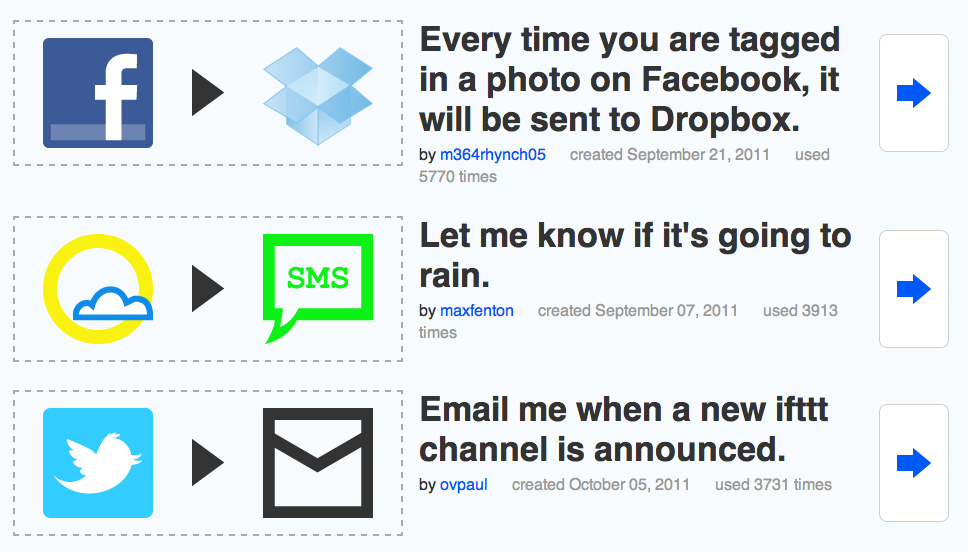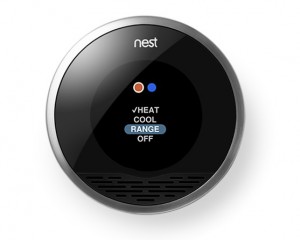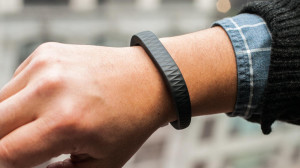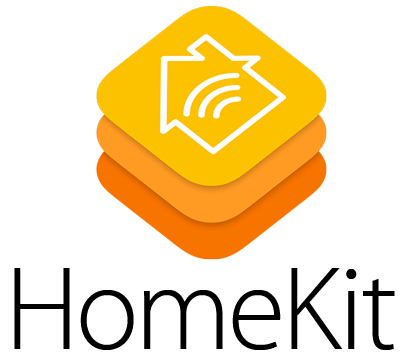In writing the SAP “Managing the Internet of Things Revolution” i-guide to IoT strategy for C-level executives, my research led me to believe that most big companies were still clueless about the IoT and how it would revolutionize every aspect of their operations. Now a great report by Capgemini, “The Internet of Things: Are Organizations Ready for a Multi-Trillion Dollar Prize?” seems to answer its own question with a resounding “No!” It’s a must read, whether you’re late to the game, or if you’re looking for entrepreneurial opportunities. Let’s start with the  conclusion:
conclusion:
“The IoT represents the next evolution of the digital universe. The speed at which nimble startups and Internet players are capturing IoT opportunities should serve as a wake-up call to larger, traditional organizations. Analyst estimates point to a world where startups will dominate the IoT market. Fifty percent of IoT solutions are expected to originate in startups less than 3 years old, by 201732. They may be less nimble, but bigger organizations need to step up to the plate. As with all digital disruptions, being an organization that is in catch-up mode will be a deeply uncomfortable place to be. ” (my emphasis)
Earlier, it emphasizes that success will require both a paradigm shift and mastering new technologies such as big data analysis:
“The IoT prize will be won by those who achieve a change in mindset, from a product world to a service world. However, that fundamental mind-shift is not the only requirement. Organizations need to get the right IT infrastructure in place, quickly acquire capabilities in analytics, and strengthen a whole host of functional capabilities. “
Got your attention yet?
The report was most emphatic about an aspect of the IoT that I don’t think I’ve emphasized enough in the past, the shift from products to services. Once again, I look to GE as one big company that “gets it” about the IoT transition, building sensors into its products that rotate, then monetizing the investment by offering real-time data about the products’ operations to customers so that they can optimize their operations — and charging for that data. The study said that within a year after GE began offering its “Predictivity” line of IoT services in 2012, it generated $290 million in revenues.
One of the reasons why I really like the analysis is that it zeros in on a range of management issues that executives must address to capitalize on the IoT.
The study of more than 100 US and European companies reported that most don’t have the in-house expertise to make the switch from selling products to offering services:
“They now need to be able to envision new services, develop commercial models and design service contracts that result in continuous revenue streams. Our discussions with senior executives revealed that these are not areas of strength for many product- centric organizations.”
In particular, it targeted salespeople as a problem area: “For IoT solutions, a sales force needs to be comfortable in articulating the value proposition and potential benefits, which is critical to convincing often-reluctant customers to pay for a new class of services.” Customer support will also need to be beefed up — and delivered faster to customers who come to expect real-time data.
The research showed that most companies were only in the early stages of IoT implementation — if at all. Fewer than 30% support remote operation of devices, and fewer than 40% use sensor data to offer customers the kind of performance improvement insights that GE gives.
One major gap that jumped out to me is that most of the big companies just don’t get my “Essential Truth” that you have to begin asking “who else can use this data”?,” and begin opening up proprietary systems so that third parties will enrich your offerings by creating new combinations and complementary offerings. Fewer “than 15% of organizations offer IoT solutions that integrate with third-party products and services.” (my emphasis) If mighty GE can team with Quirky and Electric Imp, what’s your excuse? On the more positive side, the research revealed that nearly 60% use partnerships to develop IoT solutions, so there’s hope.
The gaps are technological as well as human. 67% of the respondents said they don’t have the technology (shout-out to SAP’s HANA) to handle the massive amounts of big data the IoT will generate.
Another obstacle that the report identified was one I’d not come across before: resistance from within. “An executive at a medical technology company outlined how resistance can come less from the customer – and more from within the organization, explaining, ‘We only have 20% resistance from the customer and 80% from our own organization. Consequently, it is a significant challenge to align our existing business processes with new IoT-based service offerings.’”
The final section is an action agenda to get companies up to speed on the IoT:
- Put the Right IT Infrastructure in Place and Acquire Data Analytics Capabilities.
- Strengthen Functional Capabilities across Product Management, Sales and Marketing and Customer Support
- Use Trainings and Incentives to Prepare the Sales Force to Sell IoT Solutions. Augment Product Management Capabilities with Services Expertise and Emphasize Ease-of-Use in Product Design
- Develop Customer Support Capabilities to Drive Real-Time Issue Resolution.
Bottom line, Capgemini concluded that a shocking 42% of all companies don’t provide any IoT services. That, in my mind, is a clarion call to action!
You simply must read this report — then act on it.





